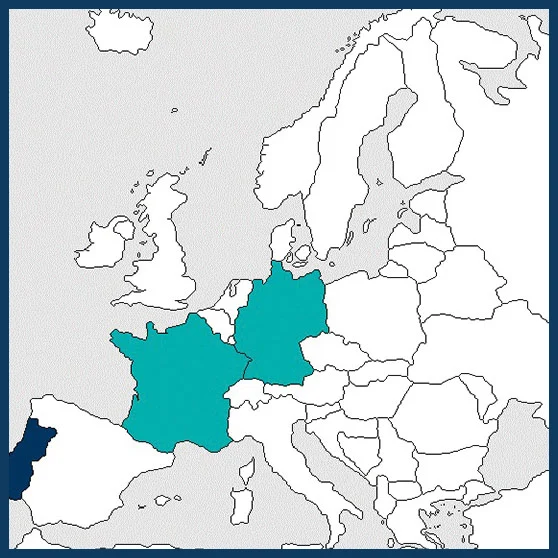01-2017 to 12-2019
€ 742,199
Lounes Chikhi
chikhi@igc.gulbenkian.pt
Instituto Gulbenkian de Ciência, Oeiras, PORTUGAL (Coordinator)
Evolution and Biological Diversity laboratory, Toulouse, FRANCE
Toulouse Mathematics Institute, Toulouse, FRANCE
University of Veterinary Medicine, Hannover, GERMANY

The global biodiversity crisis that is affecting ecosystems worldwide is a major subject of concern and is expected to worsen with ongoing global changes. Cli- mate change together with other anthropogenic factors will lead to the displacement of many favourable environments in the next decades owing to fast altitudinal and latitudinal shifts, with the greatest predicted impacts in “biodiversity hotspots”. These shifts will lead to an increase in Habitat Loss and Fragmentation (HL&F), the main threats to Biodiversity worldwide. There is therefore a need to understand the consequences of HL&F, and to identify the barriers to gene flow at various spatial and temporal scales. The project will aim at studying HL&F in the context of past and future environmental changes, across taxa and regions.
The main objectives of this project will include:
• The identification of ancient and recent barriers to gene flow based on genomic datasets;
• The development of freely available software to study (quantify and date) HL&F events in the recent and ancient past;
• The simulation of management scenarios of reconnection that increase genetic diversity.
With Madagascar as a model region, comparative genomic analyses will be used to infer generalizable critical features of ecological networks (e.g invasive Rattus versus endemic Eliurus rodents; small nocturnal Microcebus versus large diurnal Propithecus, humid North-East versus dry Northwest habitats, etc.).
In order to successfully carry out the main activities of the INFRAGECO project, six Work Packages will be implemented which correspond to a) sampling, b) genetic/genomic analyses, c) spatial analysis across habitats with various features, d) spatial simulations and modelling, e) stochastic modelling and inference, and f) dissemination.
Communication will be done with national environmental authorities, conservationists (NGOs), local communities and the scientific community (articles, congresses, posters, reports, etc.).